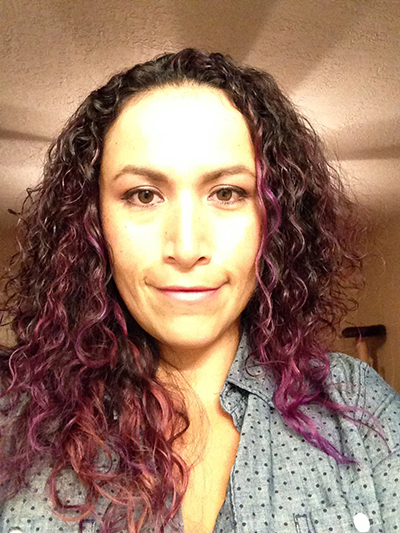He sits. He stands. He paces. Sometimes he whines. Mostly he just stares at you, waiting for some unknown thing you are not providing. In another scenario, he is fine until he notices the telltale signs of you going to work or out for the night – then he panics.
Herbal Help For Your Dog’s Anxiety
Yes, many dog owners are familiar with the anxiety and nervousness pets get on occasion. They’re caused by a variety of factors, but are equally upsetting to all involved, no matter the cause. Because of the variety of causes, Gregory Tilford notes in The Animal Herbalist website (http://theanimalherbalist.com) that there is no one perfect herb that works for every dog. Each dog should be taken individually and the appropriate herb or herbs can be customized for him.
“Each and every herb has its own range of special attributes and medicinal properties that makes it unique among all others,” says Tilford. “Not all calmative herbs are alike.”
There are many calming herbs out there for pets, but here are three to get you started on your research:
Valerian (Valeriana officinalis)
Valerian root is a popular sedative and anti-anxiety herb for both humans and pets.
The smelly herb (akin to that of dirty gym socks) is also known as an anti-convulsive, and can be used in treating epilepsy. Tilford states in his Animal Herbalist website that while valerian can be soothing to many dogs – especially those with nervous stomachs – it is not suitable for every dog. Since valerian is considered a hot, warming herb, it is not recommended for dogs that run hot (for instance, itchy dogs hot to the touch with bright-red tongues).
If your dog will be undergoing a stressful event or trip, start administering five drops, three to four times a day, of valerian root in tincture form three days before the event (Herbs for Pets, Second Edition, by Gregory L. Tilford & Mary L. Wulff).
Though valerian is generally safe, large doses may cause digestive upset and it shouldn’t be used in pregnant dogs.
Chamomile (Matricaria recutita)
Even though we’ve come to know chamomile as a household, go-to tea that works to soothe our nerves and stomachs, there are actually dozens of related species. According to Herbs for Pets, German chamomile is the most potent form, boasting benefits including healing wounds, expelling worms, and of course, as a digestive soother and sedative.
Because of its mild nature and multiple calming benefits, chamomile can serve as a go-to herb for your dog as well.
Use a glycerin tincture and administer in .25-.50 milliliters per 20 pounds twice daily directly into the mouth or in drinking water.
Though chamomile is considered very safe, some animals can be allergic, so start with very small amounts.
Oatstraw (Avena sativa)
Derived from the post-flowering tops of oats, oatstraw is another nervous system soother that’s easy to find and generally safe.
Oatstraw is a nervous system optimizer in that it can help calm nervous animals on one hand. On the other, it can stimulate the nervous system when given to debilitated pets, according to Herbs for Pets. It can also help with epilepsy, tremors and twitching.
You can purchase dried oatstraw at the health food store and brew it into a tea (one teaspoon in eight ounces of water) that can be mixed into your dog’s food. Dosing is two to four ounces of cooled tea daily for dogs. Reduce the amount given if excitability or vomiting occurs.













